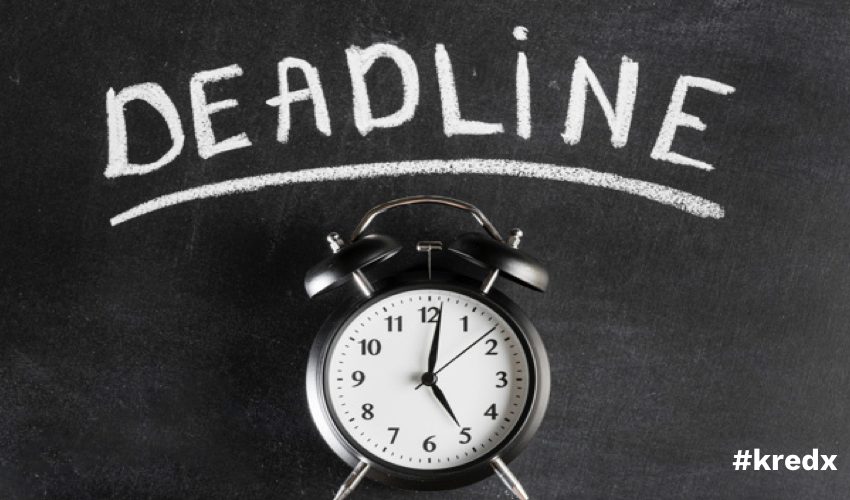
SMEs Running On Empty As CBILS Deadline Looms
The Covid-19 pandemic has shaken the world economy to its core, with business sectors of most countries bearing the brunt of this turmoil. It is a known fact that when compared to large companies, SMEs tend to find it more challenging to cope with a financial crisis, arising in the form of capital shortage.
To survive the phase of lockdowns and general economic slowdown, CBILS were introduced to extend loans to small and medium business enterprises. You must note that such support is available to companies which are otherwise capable of lending products but may fail to avail the security required for approval.
However, this initiative ended at midnight of 30 September 2020, leaving many SMEs with no access to any contingency sources of business funding.
In case you are not aware of CBILS, read on to find more!
What Is CBILS?
Coronavirus Business Interruption Loan Scheme or CBILS is a government scheme launched to help SMEs in the UK, whose cash flow was hampered during the Covid-19 outbreak. Typically, businesses with viable operation plans were eligible to avail of this scheme.
Enterprises are entitled to avail CBILS in the form of –
- Overdrafts – Businesses can avail this facility for 3 years
- Invoice finance – Enterprises can utilise it for 3 years
- Business loans – They can be obtained for a term of 6 years
- Asset finance – Extended for a tenure of 6 years
The government is liable to cover the interest and arrangement fee accompanying CBILS for the first 12 months. Enterprises do not have to forward a guarantee fee to use this scheme. Further, there is no personal guarantee required to avail credits under £250,000.
You should also know that the loans extended by CBILS attract a commercial rate of interest.
Uses Of CBILS
SMEs can use CBILS in the ways mentioned below –
- To manage cash flow
- Keep a steady working capital inflow
- Purchasing or leasing property
- Developing a project
- Expansion of business
- For start-up ventures
- Research and development
You must note that users may face certain restrictions that are based on CBILS providers’ discretion. Consequently, SMEs are encouraged to find out about the same from their lender.
How Are Indian Enterprises Faring?
The pandemic has also impacted the growth and stability of SMEs in India, making them more susceptible to a cash flow crisis. Invoices are remaining unpaid over substantial periods, leading to disruptions in working capital flow.
More Indian entrepreneurs are turning to avail business loans, to tide over this period of uncertainty.
However, amidst this pandemic, lenders are quite cautious about extending finances and managing the risks of default. As a result, you may have to go through a stringent verification process to get your loans approved.
In such a situation, it only makes sense to leverage your unpaid invoices and opt for alternative financing options like invoice discounting. Avenues like supply chain financing or lease rental discounting can also be extremely helpful for businesses to access capital that remains tied up in leases and rentals.
You can avail the cash flow solutions offered by leading fintech companies like KredX, and enjoy instant access to cash within 24 hours – 72 hours*. You can use invoice discounting facility to make the most of your accounts receivables and also meet your working capital needs accordingly.
Due to the non-involvement of any third-party, your customers will be kept out of the loop about such arrangements. Invoice financing is one of the most viable options, when it comes to SMEs, keeping their operations afloat in due course of this pandemic.
Bottom Line
CBILS is a useful means of accessing funds to boost the cash flow of SMEs. However, its initial phase concluded on 30 September 2020, and businesses may need to seek other financing options to manage their cash flow crisis. For Indian SMEs, invoice financing can be an effective substitute to avail funds during this situation of economic turmoil.




